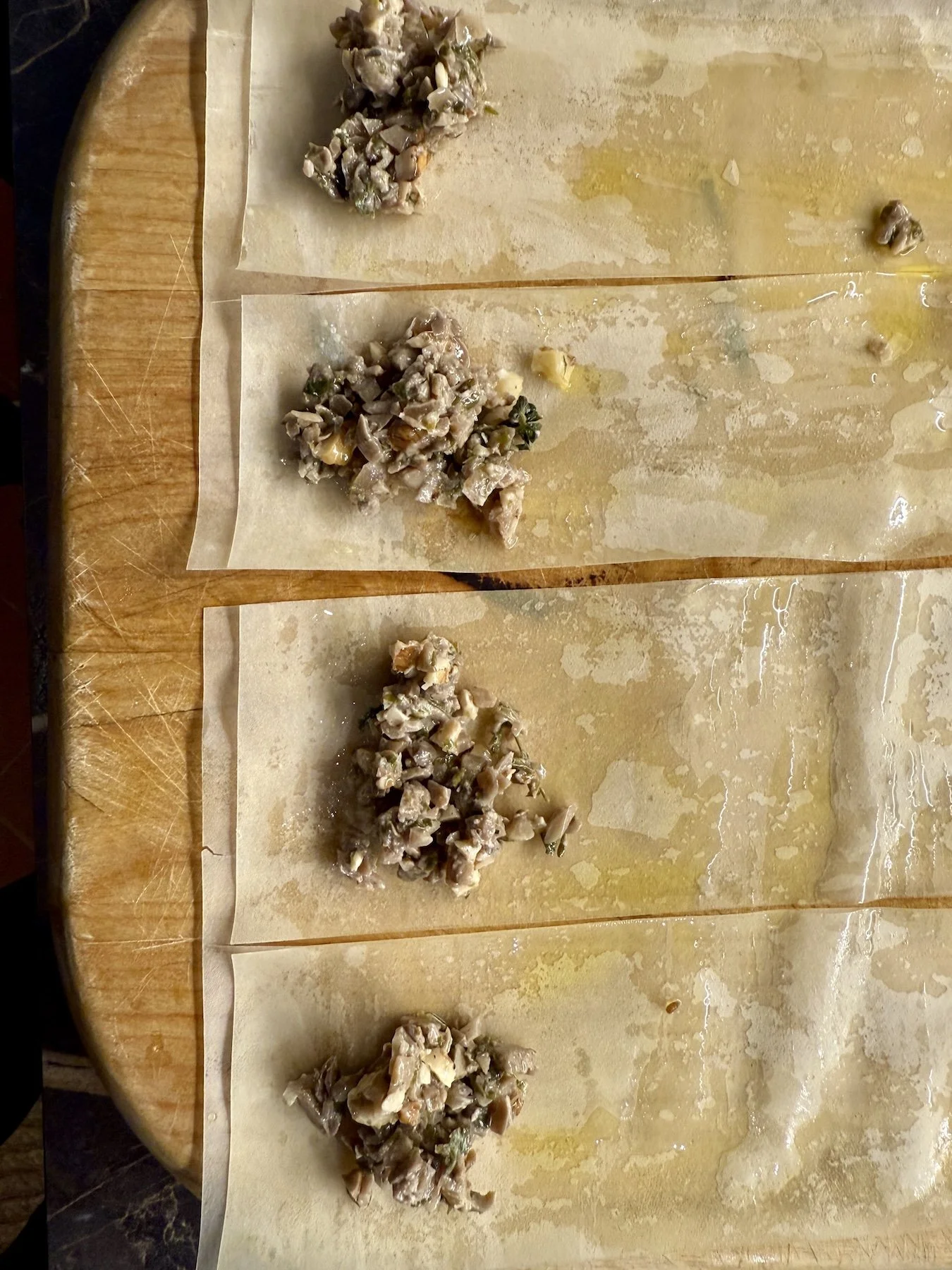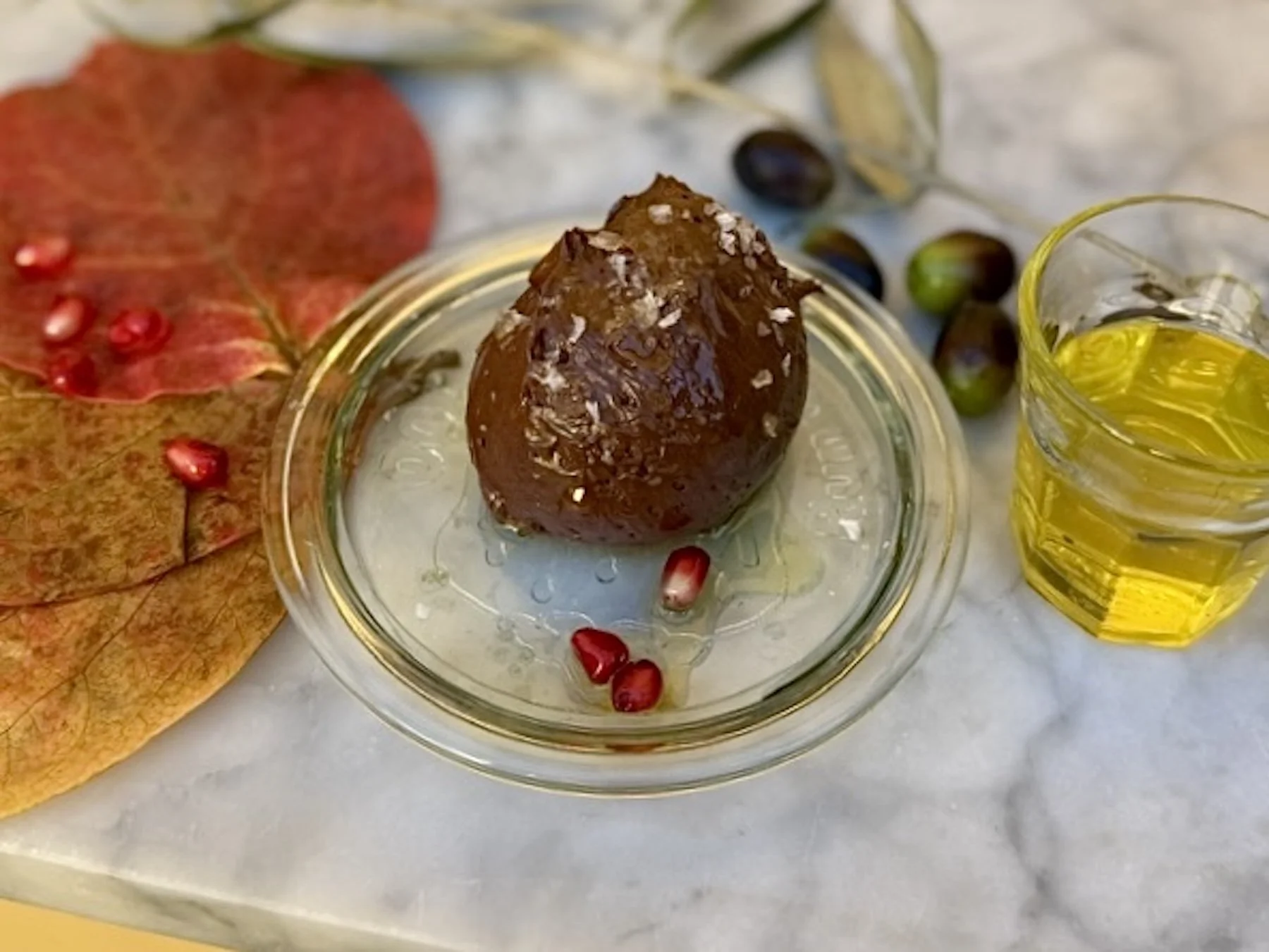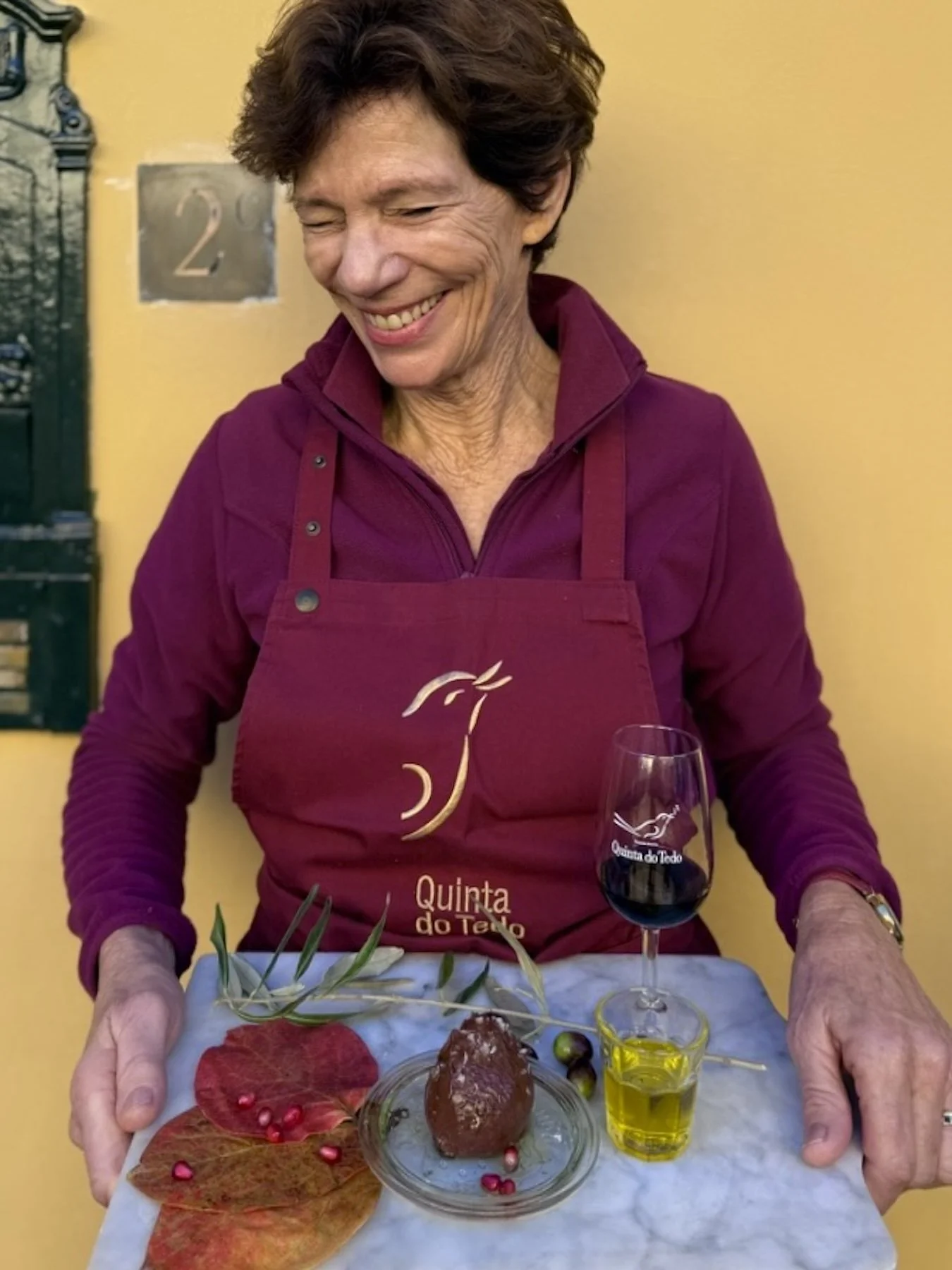Nous avons célébré encore une année de travail acharné et nous avons souhaité la bienvenue aux fêtes dans un esprit festif avec notre Équipe Tedo, commençant par une dégustation technique de vins de Sicile et du nord du Rhône présentée par Paolo Bouchard, suivie d'un déjeuner traditionnel de cabrito et d'un échange de cadeaux.
Bien entendu, nous n'avons pas manqué de déguster une multitude de desserts traditionnels portugais - rabanadas, mousse au chocolat, fritas, puddings - accompagnés d'une bouteille magnum de Quinta do Tedo 2006 Late Bottle Vintage (bien sûr, il a bien vieilli !) de notre cave historique.
Il est maintenant temps de retourner au travail (oui, nous ne fermons qu'un seul jour par an, le jour de Noël !) Nous vous souhaitons de joyeuses fêtes de fin d'année 2025 (avec beaucoup de bon Porto 🍷) et un excellent début d'année 2026, et nous vous remercions, comme toujours, de votre préférence pour Quinta do Tedo.
~ La Famille Bouchard et l'Equipe Tedo







































































